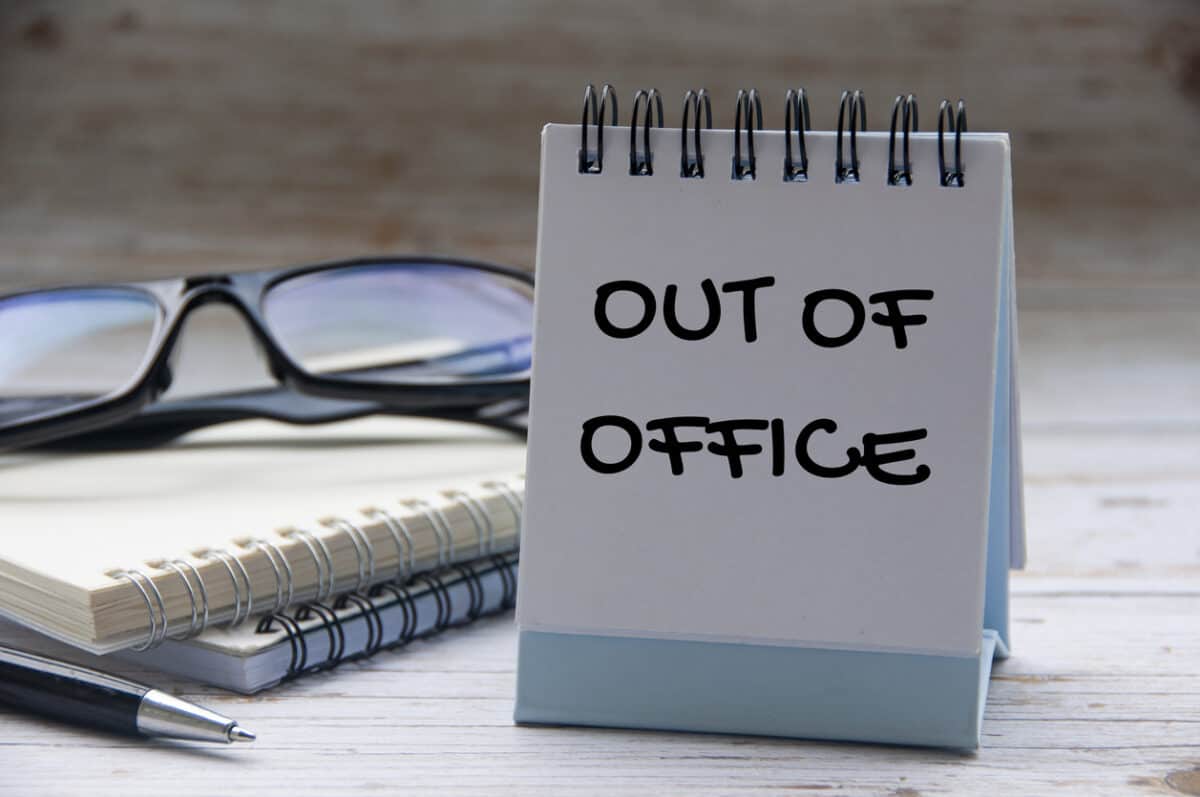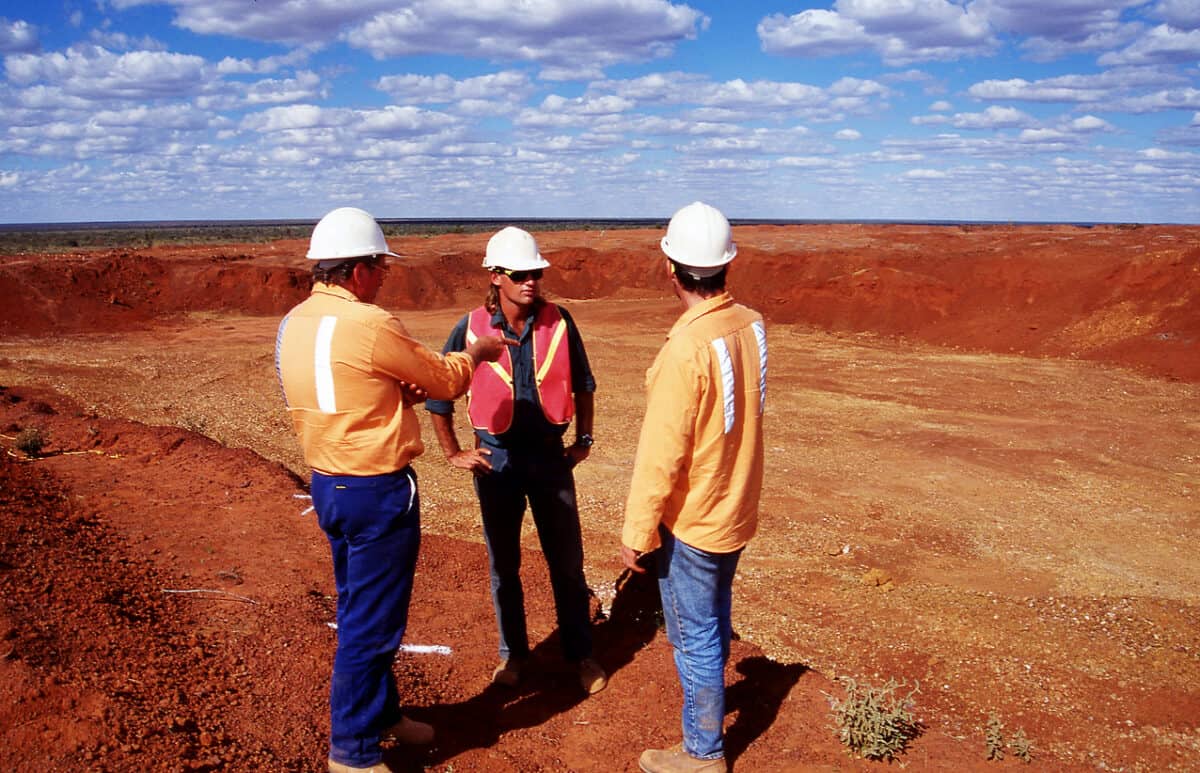Mental confusion
Recently, Safe Work Australia published exciting and important data about mental health at work. The data seems to support the assertion that psychosocial hazards at work are a significant risk, but I remain confused. I asked SWA to help unconfuse me and they have tried. One of the biggest handicaps that occupational health and safety …







